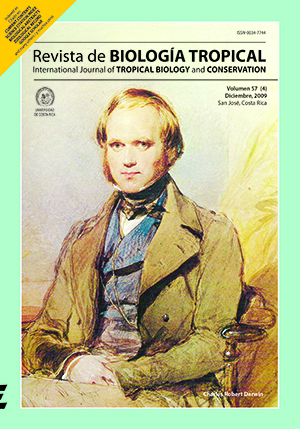Abstract
FiFishing activity in two artificial reefs (ARs) was monitored between August 2001 and August 2002 in the gulf of Morrosquillo, to investigate their possible impact on the fishery dynamics. We determined catch per unit effort (CPUE) and catch composition, and found 19 species in Punta de Piedra and 36 in Tolú (16 species common to both). in Punta de Piedra, CPUE was 0.40 kg/hour/fisherman and estimated annual catch was 1 830 kg (Tolú values: 0.42 kg/hour/fisherman and 4 820 kg). No significant differences in CPUE were found between ARs and no seasonal pattern was evident. The differences in total composition and extracted biomass between ARs were mainly a consequence of greater effort exerted in Tolú, whereas the absence of trends and correlation with environmental factors of CPUE and species caught suggests that the ARs are near their carrying capacity. As expected, the ARs supported and improved CPUE and fishing success in comparison with reported values of natural habitats, traditional fishing grounds and some artificial habitats in the zone, owing to their greater volume, structural complexity and vertical profile. However, this increase could also be the result of biomass aggregation, not production. The potential negative impacts of ARs on the environment require experimental research. The deployment of non-extractive ARs and the controlled usage for fishery purposes could be a use-ful tool for resource enhancement and management in the area.
##plugins.facebook.comentarios##

This work is licensed under a Creative Commons Attribution 4.0 International License.
Copyright (c) 2009 Revista de Biología Tropical


